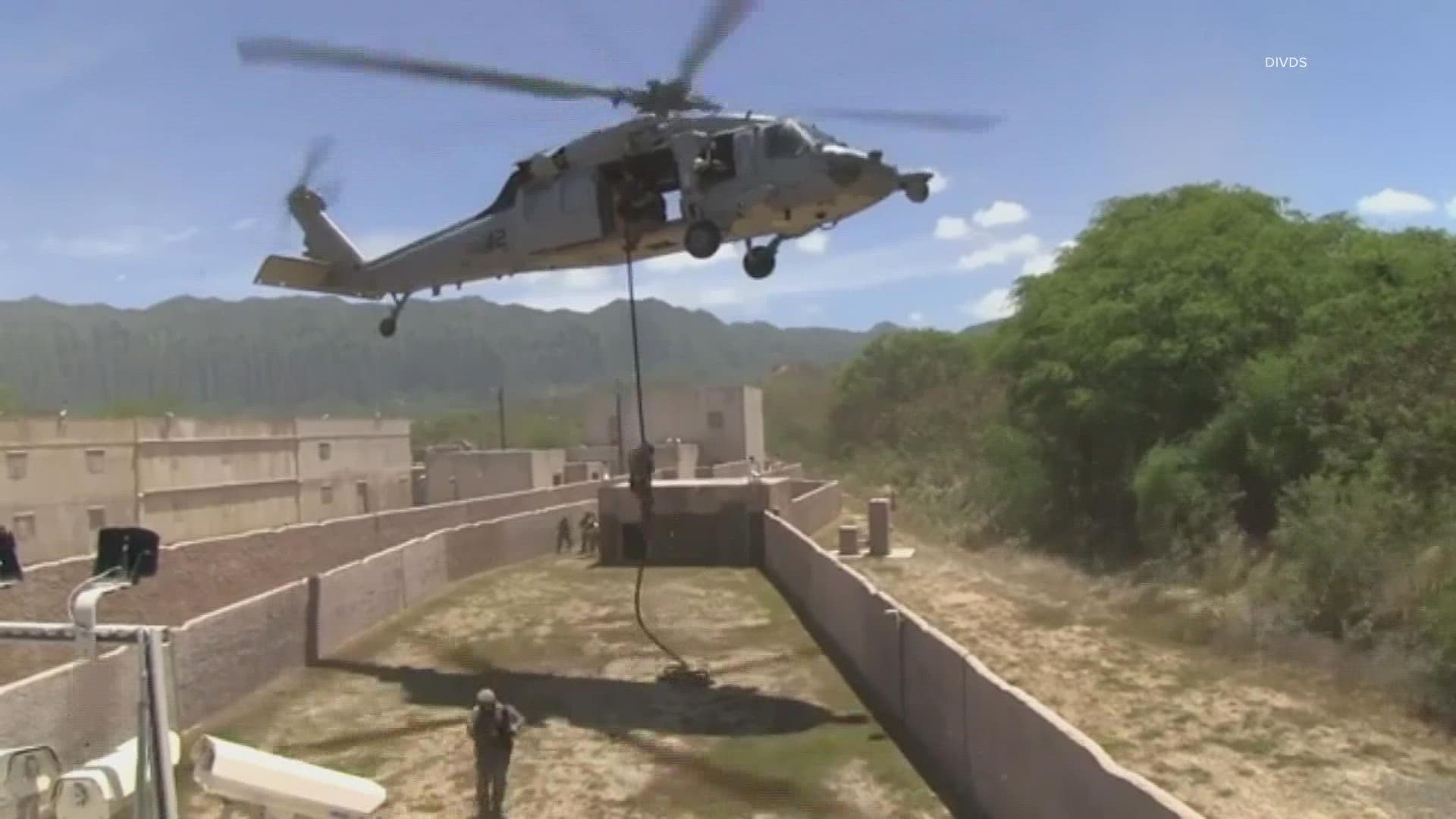WASHINGTON — A new report from the Government Accountability Office says more (and better) data is needed to ensure that the U.S. military's elite warriors and taxpayers get the most bang for their buck.
The size of the nation's special operations forces, and the demands upon them, have grown substantially since 9/11.
The number of personnel that perform the mission -- to advance and protect U.S. national security interests -- has increased from a little over 45,000 people in 2001 to nearly 74,000 last year.
The Department of Defense (DOD) collects and uses data to oversee these forces while they're deployed.
But, according the GAO report, the information itself has problems, was incomplete or unavailable, and oversight of units has therefore been "hindered."
"They're heavily deployed and heavily used and stretched to the limit. So, every dollar and every person counts," said Cary Russell, a director in the GAO's Defense Capabilities and Management team. "And, so it's imperative that where those resources are placed are absolutely the right place and and in the right amount so that you're not over-extending or under-extending forces that are out there."
Russell said it's urgent that the DOD gets this right.
"It's everybody's -- the U.S. government and in the U.S. taxpayers' -- interests that these resources and capabilities be optimized and be put in the right places at the right time to ensure successful missions," he said, "and to ensure the outcomes our special operators are working so hard to advance."
The GAO is calling for the use of standard terminology among the branches' different special operations commands and task forces, and establishment a centralized data collection mechanism.
The DOD concurred with recommendations.

